Chameleon Virtual Reproducibility Hackathon Learning how to produce reproducible experiments on Chameleon We are excited to announce our Virtual Reproducibility Hackathon taking place on December…
Did you attend SC’23? Check out the initiatives Chameleon supported at the event, including workshops, papers written using Chameleon, and more! If you presented something…
We are excited to announce the Reproducibility Hackathon at the IC2E Conference taking place September 25-28, 2023 in Boston! The hackathon, hosted by Kate Keahey of Argonne…
We have another position open for a research software engineer to work on our exciting new projects in reproducibility and edge computing, at University of…
Great news for the Nimbus team: we are excited to be starting work on the REPETO project that will develop methods of packaging experiments in…





